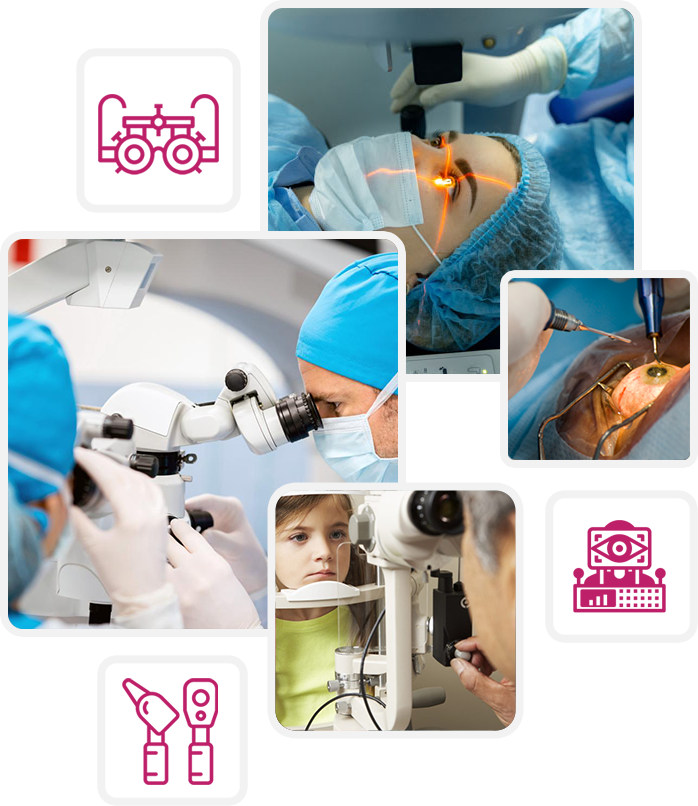



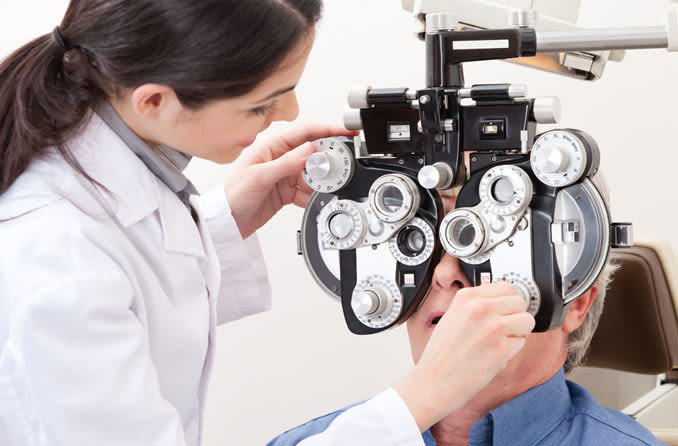
What is Comprehensive Eye Checkup?
Caring for your vision doesn't begin and end with eyeglasses, contact lenses and corneal modification surgeries like LASIK. There are many other things you can do to maximize and protect the vision you currently have. An essential component of healthy vision is a yearly comprehensive eye examination. Optometrists detect and treat problems and conditions of the eye and can help you get the most from your vision. Optometrists can also diagnose systemic health problems that require treatment by your primary care physician. Periodic eye and vision examinations are an important part of preventive health care. Many eye and vision problems have no obvious signs or symptoms, so you might not know a problem exists.
Early diagnosis and treatment of eye and vision problems can help prevent vision loss. Each patient's signs and symptoms, along with your optometrist's professional judgment, will determine what tests your optometrist conducts.
Comprehensive eye check-up includes :
1. Refraction - To check the refractory Status of eye , prescription of Spectacles
2. Intra Ocular pressure checking
3. Retinal Examination
Recommended Eye Examination Frequency
| Age | Risk Free | At Risk |
|---|---|---|
| Birth to 24 Months | At 6 months of age | By 6 months of age or as recommended |
| 2 to 5 years | At 3 years of age | At 3 years of age or as recommended |
| 6 to 60 years | Every two years | Every one to two years or as recommended |
| 61 and older | Annually | Annually or as recommended |
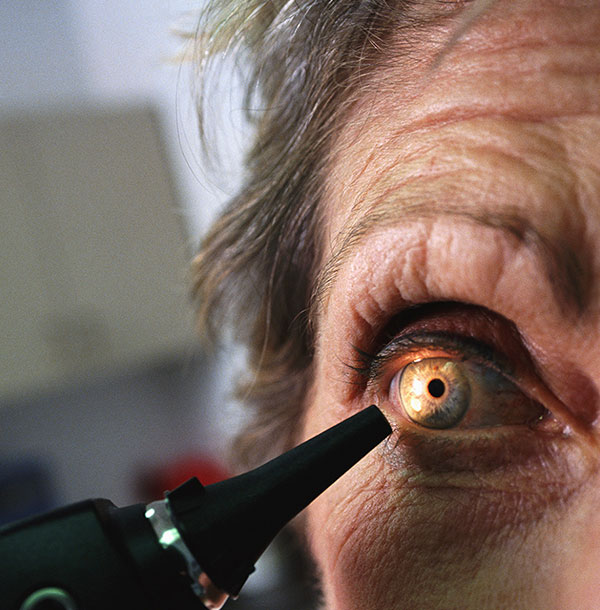
A cataract is a cloudy lens. The lens is positioned behind the colored part of your eye (iris). The lens focuses light that passes into your eye, producing clear, sharp images on the retina — the light-sensitive membrane in the eye that functions like the film in a camera.
The main symptom is blurry vision. Having cataracts can be like looking through a cloudy window. When a cataract interferes with someone's usual activities, the cloudy lens can be replaced with a clear, artificial lens. This is generally a safe, outpatient procedure.
What is the main cause of cataract?
Most cataracts happen because of normal changes in your eyes as you get older. When you're young, the lens in your eye is clear. Around age 40, the proteins in the lens of your eye start to break down and clump together. This clump makes a cloudy area on your lens — known as a cataract.
What are the 3 types of cataracts?
Common Types of Cataracts. Age related is by far the most common type of cataract and it is divided into 3 types based on the anatomy of the human lens. There are Nuclear Sclerotic, Cortical and Posterior Subcapsular Cataracts.
Can cataract be cured?
There is no way to cure or get rid of cataracts once they've formed besides cataract surgery. No medication can eliminate existing cataracts, and no eyewear can completely counteract their effects. Some ophthalmologists are seeking nonsurgical solutions, but at this time, no other solution has been found.
How to avoid cataract?
1. Have regular eye examinations. Eye examinations can help detect cataracts and other eye problems at their earliest stages. ...
2. Quit smoking. ...
3. Manage other health problems. ...
4. Choose a healthy diet that includes plenty of fruits and vegetables. ...
5. Wear sunglasses. ...
6. Reduce alcohol use.
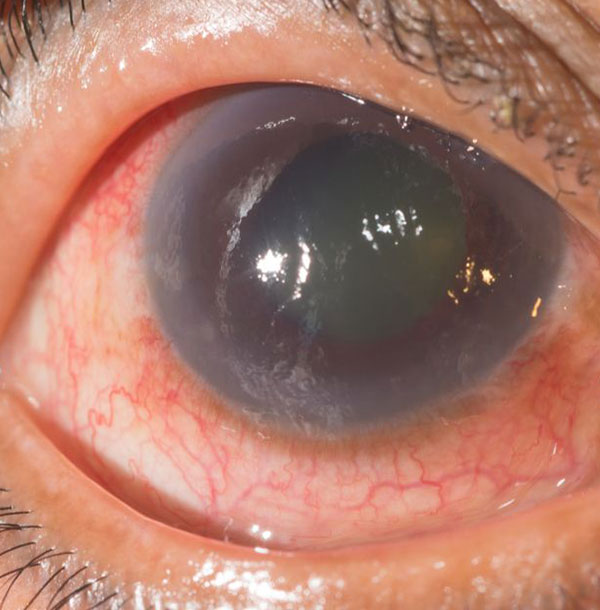
Glaucoma is a group of eye diseases that can cause vision loss and blindness by damaging a nerve in the back of your eye called the optic nerve. The symptoms can start so slowly that you may not notice them. The only way to find out if you have glaucoma is to get a comprehensive dilated eye exam.
What is the main cause of glaucoma?
Glaucoma is a chronic, progressive eye disease caused by damage to the optic nerve, which leads to visual field loss. One of the major risk factors is eye pressure. An abnormality in the eye's drainage system can cause fluid to build up, leading to excessive pressure that causes damage to the optic nerve.
The most common type of glaucoma (open-angle glaucoma) often has no symptoms other than slow vision loss. Angle-closure glaucoma, although rare, is a medical emergency and its symptoms include eye pain with nausea and sudden visual disturbance. Treatment includes eye drops, medication and surgery.
Can glaucoma be cured?
There is no cure (yet) for glaucoma, but if it's caught early, you can preserve your vision and prevent vision loss. Taking action to preserve your vision health is key.
Is glaucoma very serious?
Glaucoma is a serious, lifelong eye disease that can lead to vision loss if not controlled. But for most people, glaucoma does not have to lead to blindness. That is because glaucoma is controllable with modern treatment, and there are many choices to help keep glaucoma from further damaging your eyes.
At what age glaucoma is coming?At what age glaucoma is coming?
Glaucoma can occur at any age but is more common in older adults. It is one of the leading causes of blindness for people over the age of 60. Many forms of glaucoma have no warning signs. The effect is so gradual that you may not notice a change in vision until the condition is in its later stages.
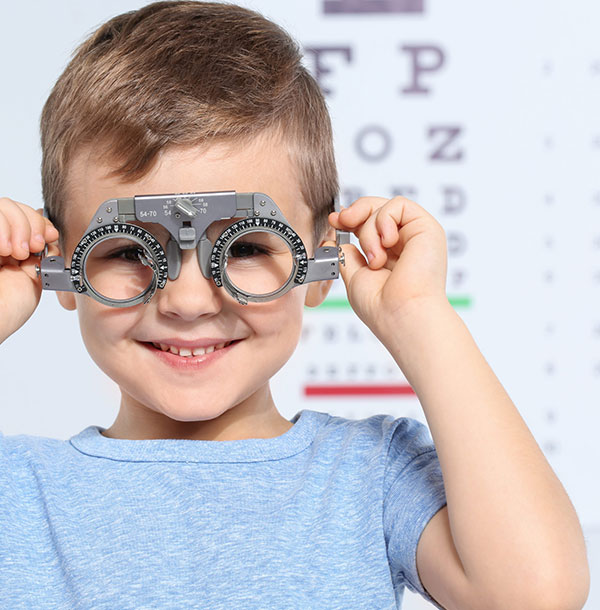
Pediatric ophthalmology is a sub-speciality of ophthalmology concerned with eye diseases, visual development, and vision care in children.
What is the most common pediatric eye disease?
Cataract, Trachoma, Retinopathy of prematurity, Night Blindness, Amblyopia, Astigmatism, Cortical Visual Impairment, Glaucoma.
The 3 most common refractive errors found in children are astigmatism (irregularly curved cornea), myopia (nearsightedness) and hyperopia (farsightedness). These conditions prevent light from focusing on the correct part of the retina, causing blurred vision.
Your pediatrician or family doctor will screen your child's eyes at birth and at regular checkups. But there are times when a trip to the specialist the pediatric ophthalmologist is the best option.
What are the types of pediatric eye infections?
The most common eye infections that affect children are called Viral and Bacterial Conjunctivitis— both highly contagious. Up to 1 in 8 of all children will have an eye infection each year. Viral conjunctivitis (pink eye) is the most common cause of eye infections among adults and children combined.

Disorder in which the eyes don't look in exactly the same direction at the same time. Causes of strabismus can include nerve injury or dysfunction of the muscles controlling the eye. The main symptom is eyes that don't look in exactly the same direction at the same time. Crossed eyes can usually be corrected with early treatment. Several treatment options exist to align the eyes. They include special eye wear, use of an eye patch and rarely surgery.
What causes squint eyes?
In children, a squint is often caused by the eye attempting to overcome a vision problem, such as: short-sightedness – difficulty seeing things that are far away. long-sightedness – difficulty seeing nearby objects. astigmatism – where the front of the eye is unevenly curved, causing blurred vision.
Can squint be corrected?
Yes, depending on the cause and severity of the condition, squint eye is curable in adults using surgical and non-surgical methods. The basic primary approach remains for securing eye alignment. However, the functional visual outcomes may be different in adults, as compared to children.
What does it mean if you squint?
In reality, squinting is not bad for your eye health. That said, if you find yourself squinting a lot, there's probably a reason for it. It's likely that you have a refractive error (nearsightedness or farsightedness) and need glasses or a new prescription.
How can I fix squint eyes naturally?
Start by holding a pencil out at arm's length, pointing away from you. Focus your gaze on the eraser or a letter or numeral on the side. Slowly move the pencil toward the bridge of your nose. Keep it in focus for as long as you can, but stop once your vision gets blurry.
What age is squint normal?
Babies might have squints that come and go, but they usually grow out of them by 6 months. Older children can also get squints. They don't grow out of them. Children over the age of 3 months with squints should see an eye specialist.

Neuro-ophthalmologists are doctors who specialize in eye disorders related to the nervous system. Our experts provide comprehensive inpatient and outpatient care for patients with all types of nerve-related eye problems or vision loss.
Why do I need to see a Neuro-Ophthalmology?
Patients who should be seen by a neuro-ophthalmologist include: Patients who have any loss of visual acuity, visual field or color vision due to a problem with the brain or optic nerves.
If you haven’t been able to get a specific diagnosis for your vision issue, the physicians at the Neuro-Ophthalmology Clinic, part of the Department of Neurology at the University of Michigan Heath System, may be able to help. Our highly skilled team has the experience and high patient volume to recognize symptoms and make the correct diagnosis.
What are Neuro-Ophthalmology symptoms?
1. Reduced vision
2. Blind spots
3. Double vision
4. Abnormalities of the pupils
5. Droopy eyelids
6. Abnormal alignment of the eyes
7. Abnormal eye movements
8. Vision loss from stroke or tumor
9. Optic neuritis – inflammation of the optic nerve
10. Thyroid eye disease
11. Optic atrophy – the loss of some or most of the nerve fibers in
the optic nerve
12. Ischemic optic neuropathy - optic neuropathy from obstruction of
blood vessels
13. Ocular myasthenia gravis – an autoimmune disorder that causes
weakened eye muscles
14. Focal dystonias – movement disorders that affect the eyes and
face, including hemifacial spasm and blepharospasm
15. Alzheimer’s disease with vision problems
Can a neurologist diagnose eye problems?
Ophthalmologists treat eye and visual problems. Neurologists deal with issues of the brain. A neuro-ophthalmologist is in the middle, handling brain issues that affect vision.
What is the test for neuro ophthalmology?
The test can be considered as being designed to compare the “amount of light getting into the brain” through each eye/optic nerve by detecting a change in the size of the pupils as the light source is moved back and forth between the two eyes.
What is the difference between ophthalmology and neuro ophthalmology?
Neuro-ophthalmology is a subspecialty of both neurology and ophthalmology. Neuro ophthalmologists specialize in vision problems that relate to your nervous system. Such issues include vision problems due to brain injuries or diseases, including trauma, a stroke, or an infection.
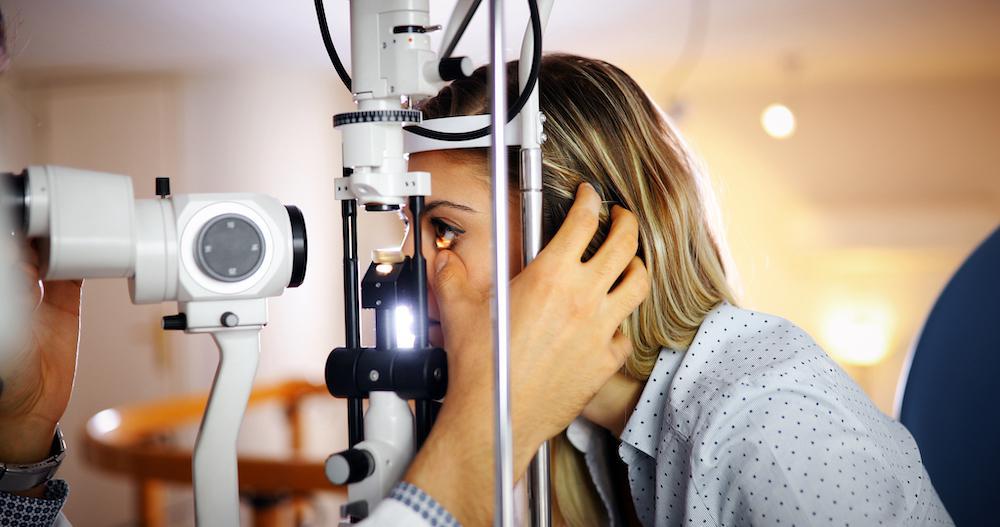
Chronically high blood sugar from diabetes is associated with damage tothe tiny blood vessels in the retina, leading to diabetic retinopathy. Theretina detects light and converts it to signals sent through the optic nerve tothe brain. Diabetic retinopathy can cause blood vessels in the retina to leakfluid or hemorrhage (bleed), distorting vision. In its most advanced stage, newabnormal blood vessels proliferate (increase in number) on the surface of theretina, which can lead to scarring and cell loss in the retina.
Diabetic retinopathymay progress through four stages :
1. Mild nonproliferative retinopathy.
2. Moderate nonproliferative retinopathy.
3. Severe nonproliferativeretinopathy.
4. Proliferative diabeticretinopathy (PDR). At this advanced stage lead to permanent vision loss.
Recommended Eye Examination Frequency
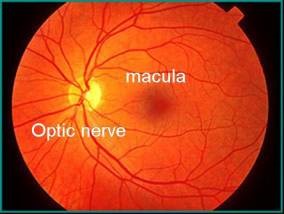
Normal Retina
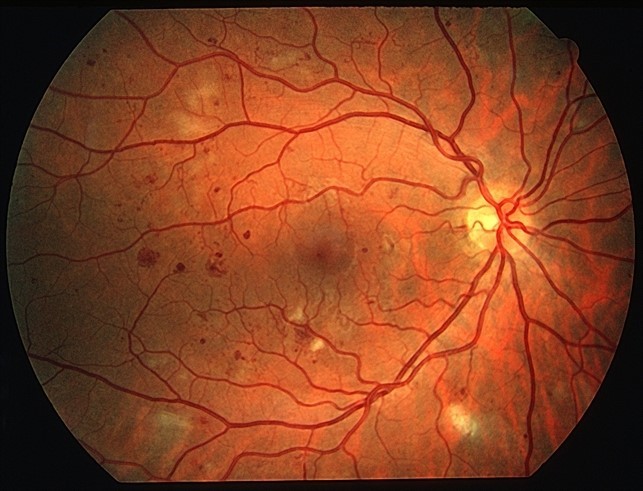
Mild Retina
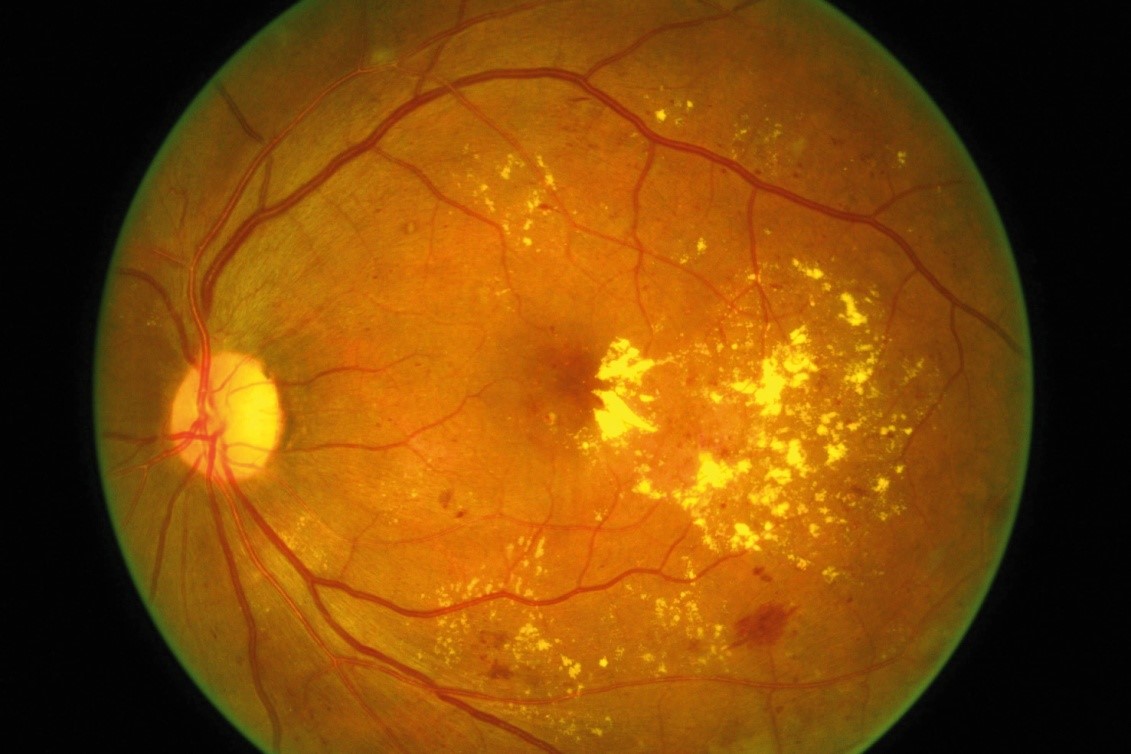
Moderate Retina
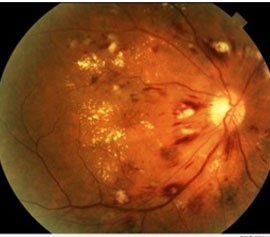
Severe Retina
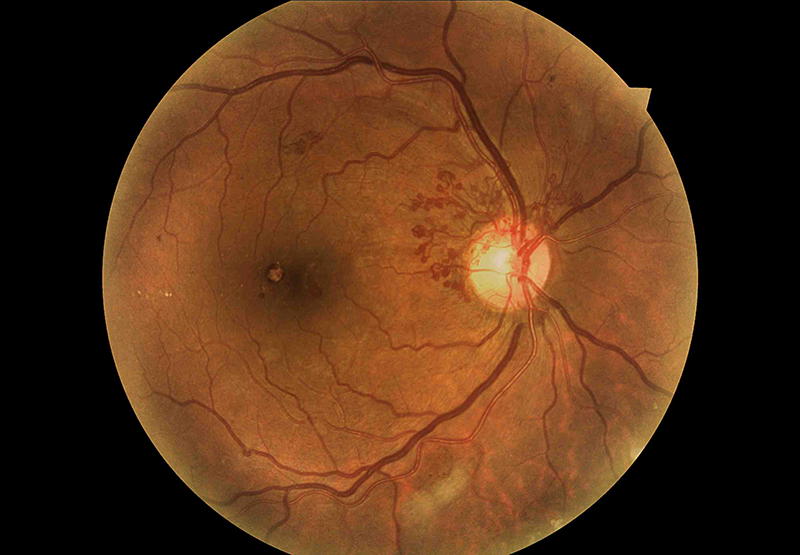
Proliferative Diabetic Retinopathy (PDR)
PDR is the more advanced form of the disease. At this stage, circulation problems deprive the retina of oxygen. As a result new, fragile blood vessels can begin to grow in the retina and into the vitreous, the gel-like fluid that fills the back of the eye. The new blood vessels may leak blood into the vitreous, clouding vision.
Diabetic Macular Edema
Diabetic Macular Edemais the build-up of fluid (edema) in a region of the retina called the macula.The macula is important for the sharp, straight-ahead vision that is used forreading, recognizing faces, and driving. DME is the most common cause of visionloss among people with diabetic retinopathy.
About half of all people withdiabetic retinopathy will develop DME. Although it is more likely to occur asdiabetic retinopathy worsens, DME can happen at any stage of the disease.
Who is at risk for Diabetic Retinopathy?
People with all typesof diabetes (type 1, type 2, and gestational) are at risk for diabetic retinopathy. Riskincreases the longer a person has diabetes. Between 40 and 45 percent of peoplediagnosed with diabetes have some stage of diabetic retinopathy, although onlyabout half are aware of it. Women who develop or have diabetes during pregnancymay have rapid onset or worsening of diabetic retinopathy.
Longer the DiabeticLife Higher the risk. When the Sugar controlis stable, continuous then the risk is less.
Symptoms & Detection
The early stages ofdiabetic retinopathy usually have no symptoms. The disease often progressesunnoticed until it affects vision. Bleeding from abnormal retinal blood vesselscan cause the appearance of “floating” spots. These spots sometimes clear ontheir own. But without prompt treatment, bleeding often recurs, increasing therisk of permanent vision loss. If DME occurs, it can cause blurred vision.



The same scene as viewed by a person normal vision (Left) and with(Center) advanced diabetic retinopathy. The floating spots are hemorrhages thatrequire prompt treatment. DME (Right) causes blurred vision.
Laser treatment, Intra-vitreal injections and surgery are the options of treatment.